The age of piston-engine air travel still exists today, but its golden era was the 1920s to 1950s.
A vast, exciting world opened to air tourists in this stylish, dashing age of glamour and more than a little danger. The airliners that made this possible were often machines of incredible beauty; here are just 10 of them:
10: Breda-Zappata BZ.308
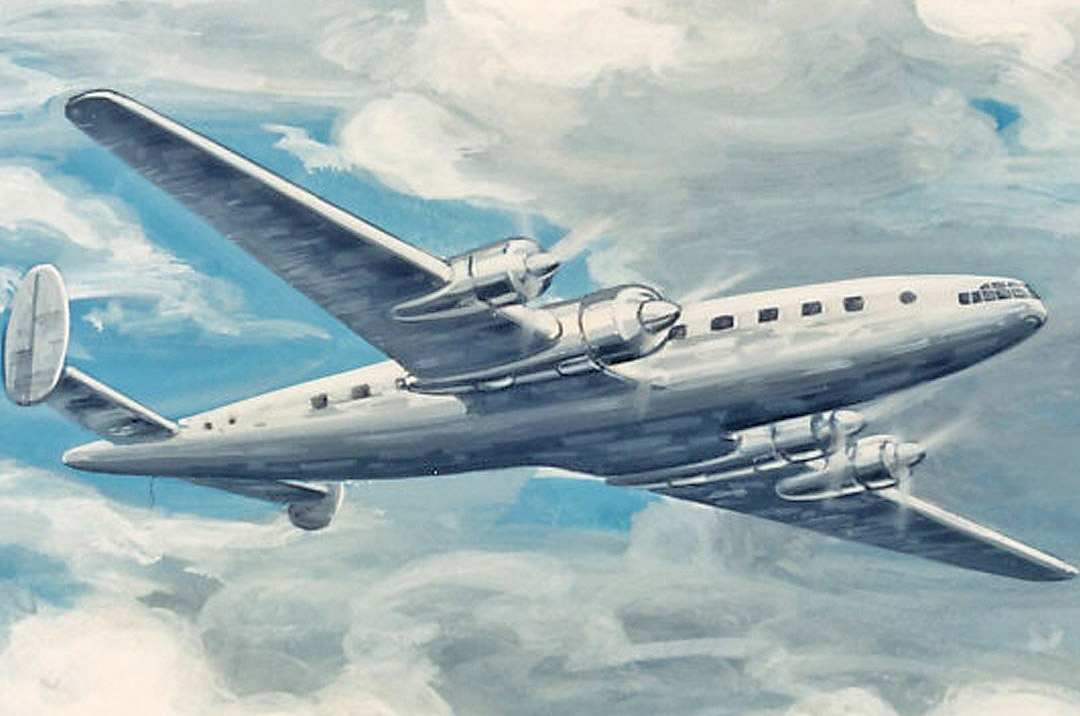
The Breda-Zappata BZ.308, a sleek Italian four-engine airliner, first flew in 1948. Designed by Filippo Zappata, it blended Italian airframe elegance with powerful foreign (in this case British) engines - echoing Italy’s wartime design strategy - in a bold post-war bid to compete on the global stage of long-range commercial aviation.
The aircraft featured a sleek, streamlined design with a spacious pressurised cabin capable of carrying around 50 passengers, offering improved comfort for longer flights. Powered by four powerful Bristol Centaurus radial engines, the BZ.308 aimed to provide reliable performance with a decent cruising speed and range for transcontinental routes.
10: Breda-Zappata BZ.308

It was a promising design, the BZ.308 faced stiff competition from more established manufacturers and the rapid rise of jet-powered aircraft, which soon made piston-engine airliners like the BZ.308 obsolete. Only one aircraft was completed and flown, and the project was eventually abandoned due to financial and market pressures.
Notably, it was Italy’s first transatlantic aircraft. It made a brief appearance in the 1953 Audrey Hepburn film Roman Holiday. The prototype was passed to the Italian Air Force, who used it to serve the Rome-Mogadishu route until 1954, when the sole example of this beautiful aircraft collided with a cement truck, and was abandoned in a field in Somalia.
9: Bristol Britannia

The Bristol Britannia, a masterpiece of British aviation, first took to the skies in 1952. Designed as a long-range turboprop airliner, it embodied an elegance and engineering finesse worthy of admiration. Its graceful lines and powerful Proteus engines made it a symbol of post-war aeronautical ambition.
Her entry into commercial service with BOAC in 1957 heralded a new standard of passenger comfort and reliability. Despite delays caused by engine development difficulties, the Britannia proved herself a sturdy and efficient airliner, winning praise for her quiet, smooth flight. Travellers and crew alike regarded her as a beautiful and dignified queen of the sky.

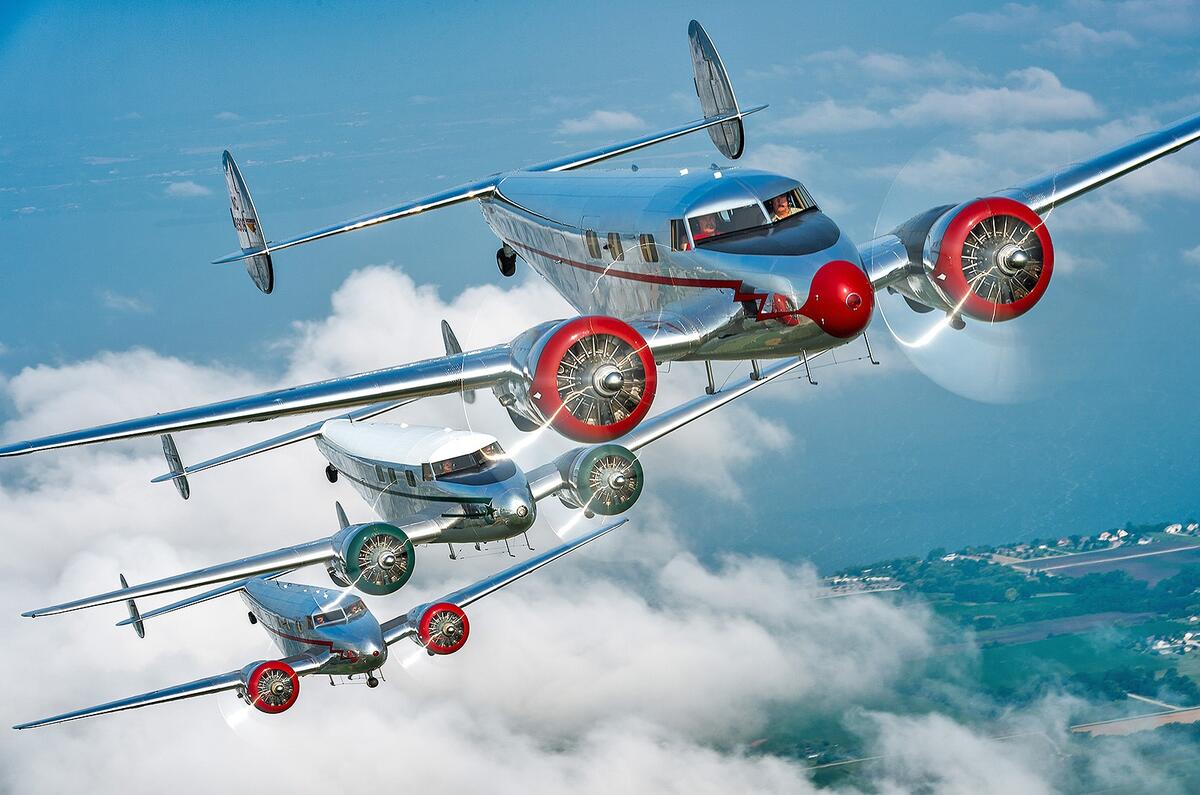

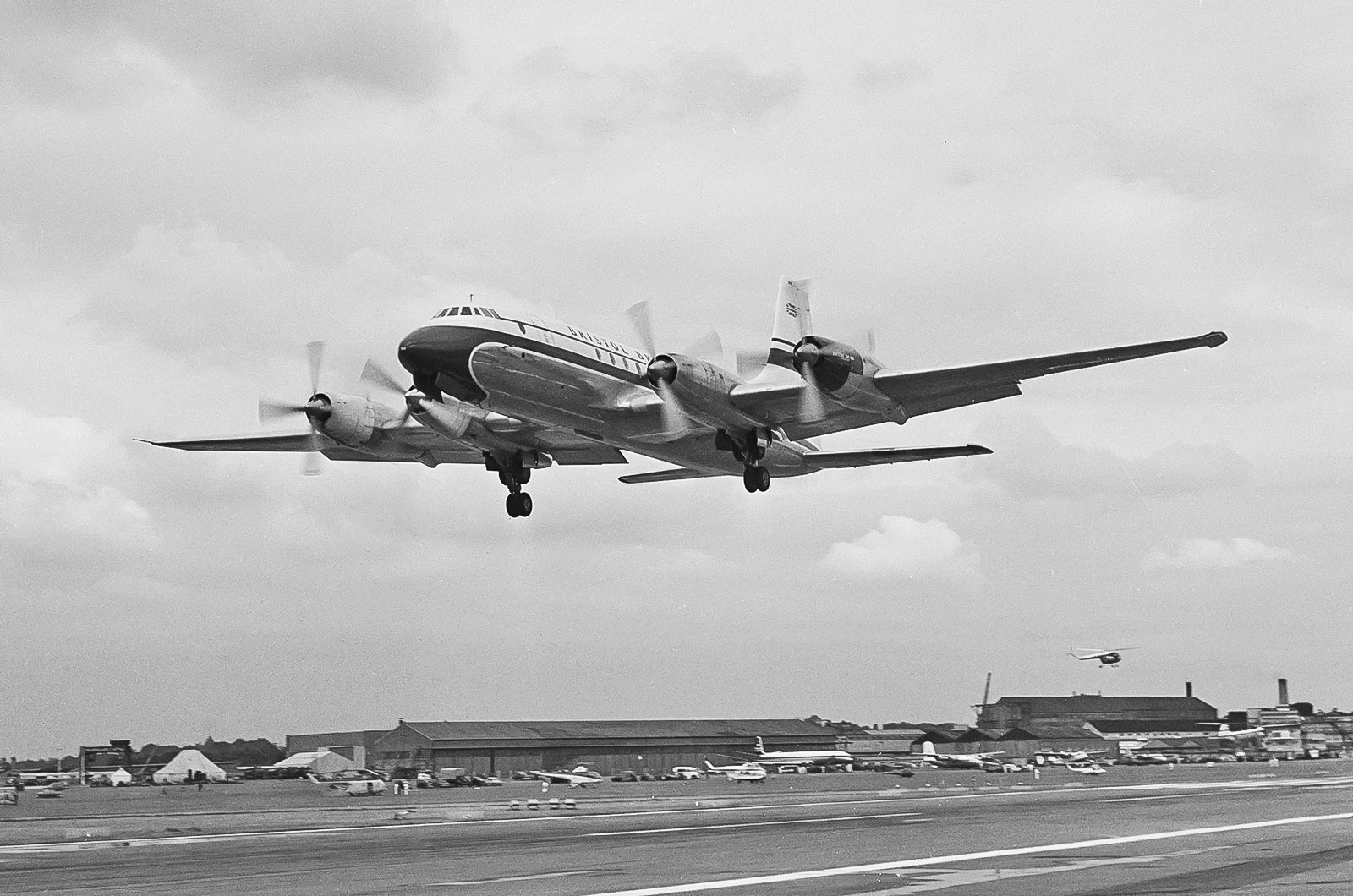
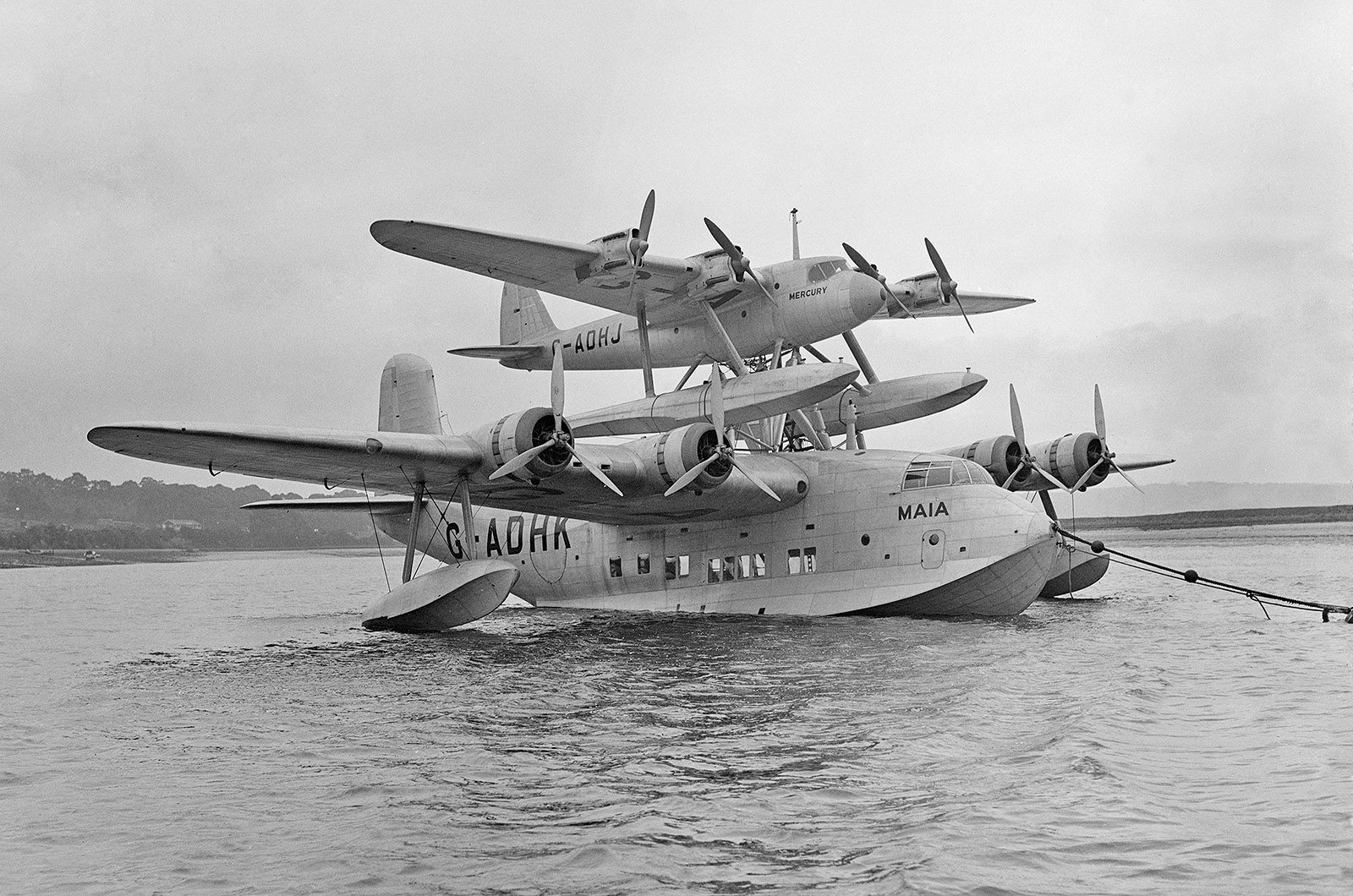
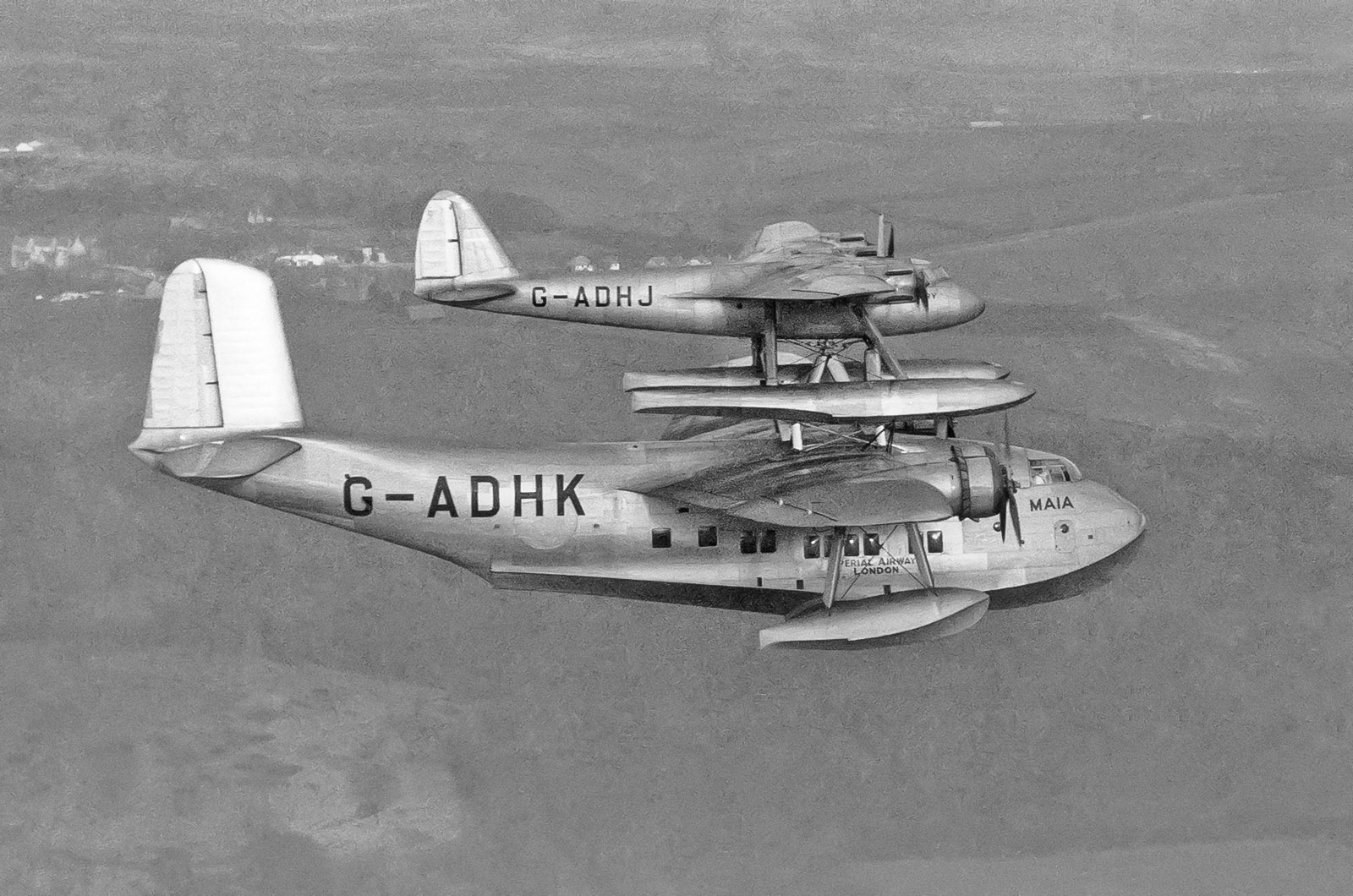

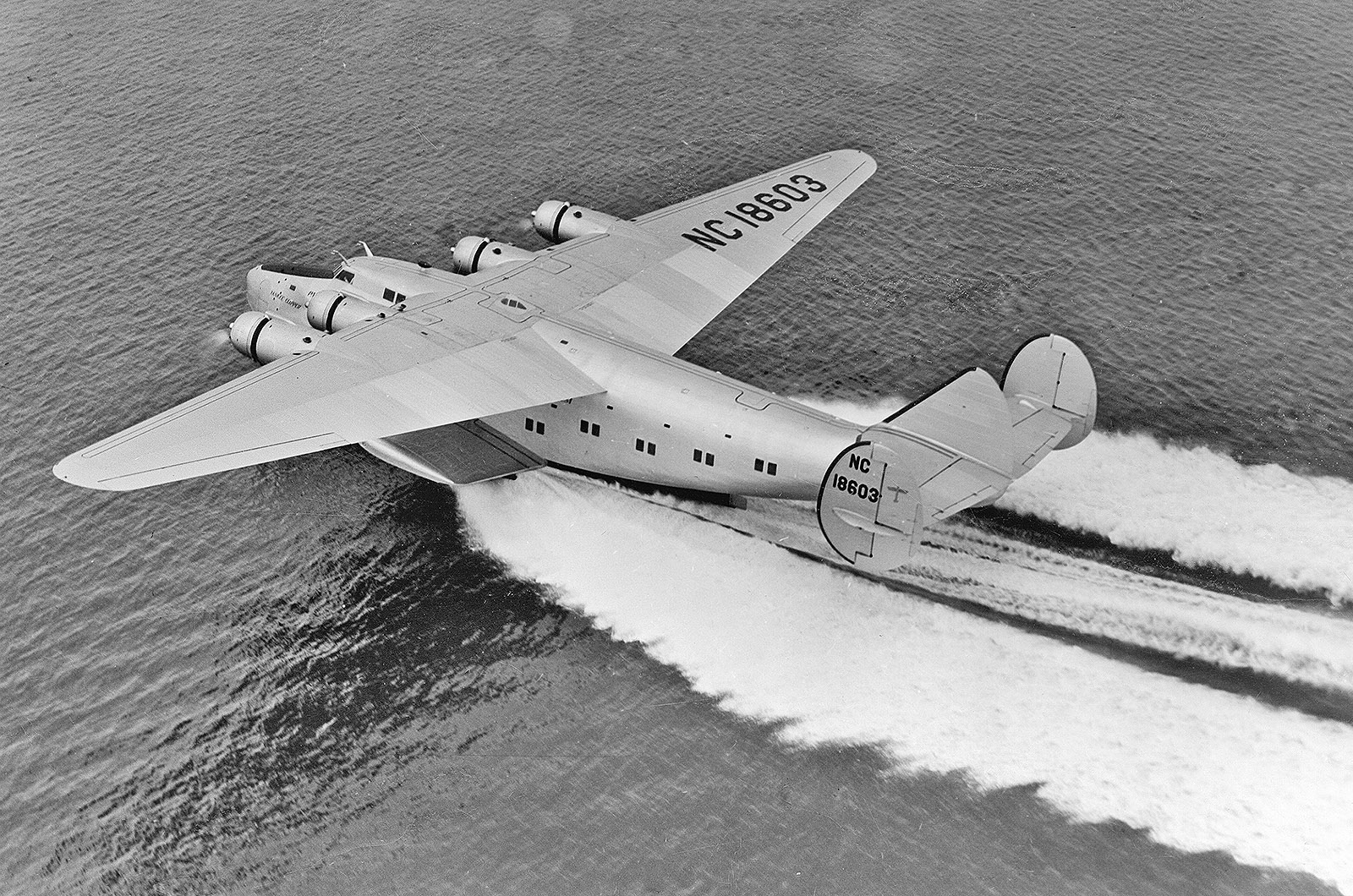


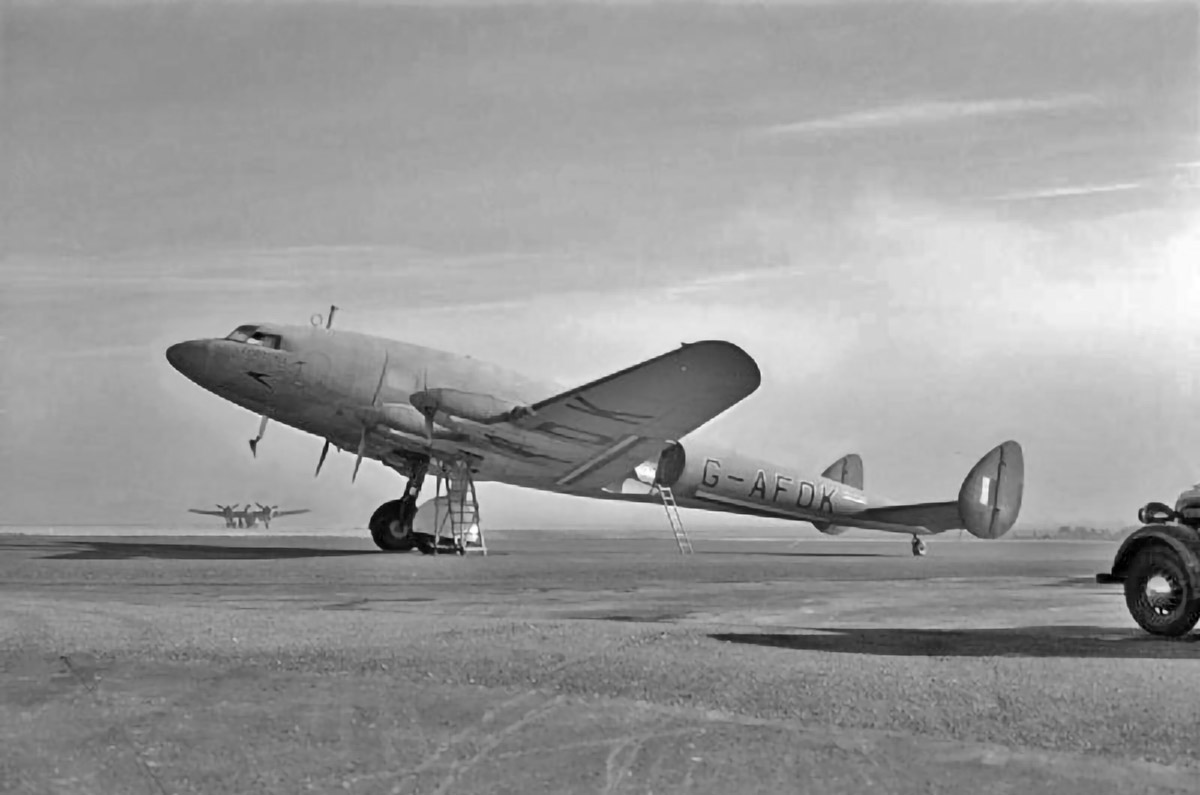
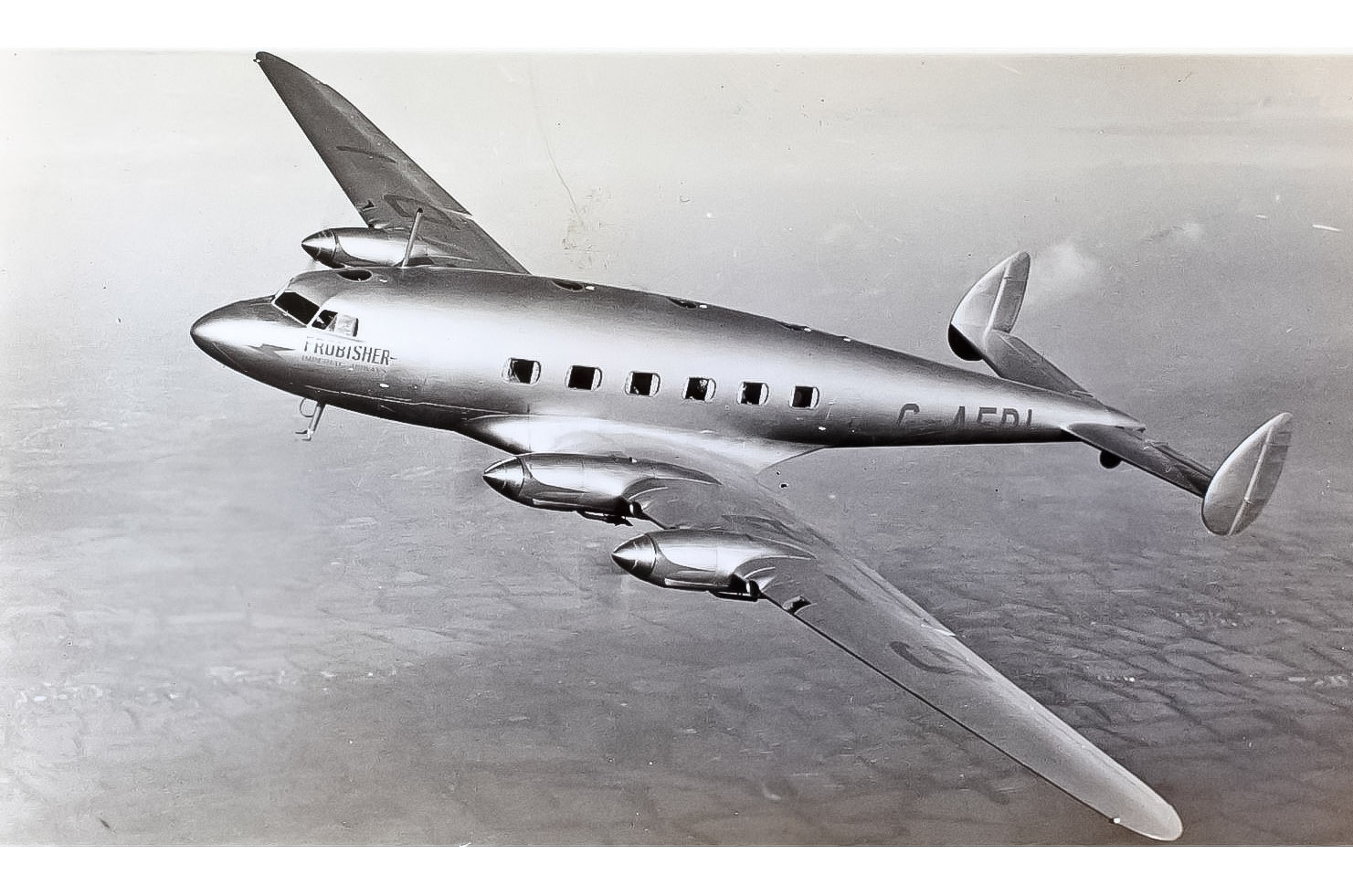

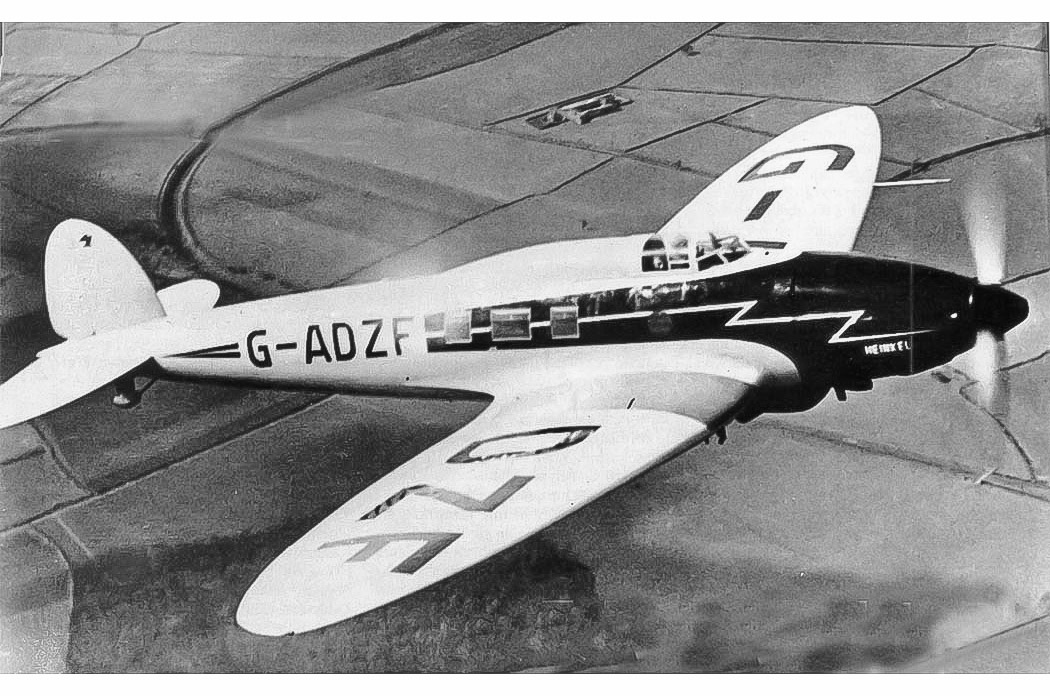

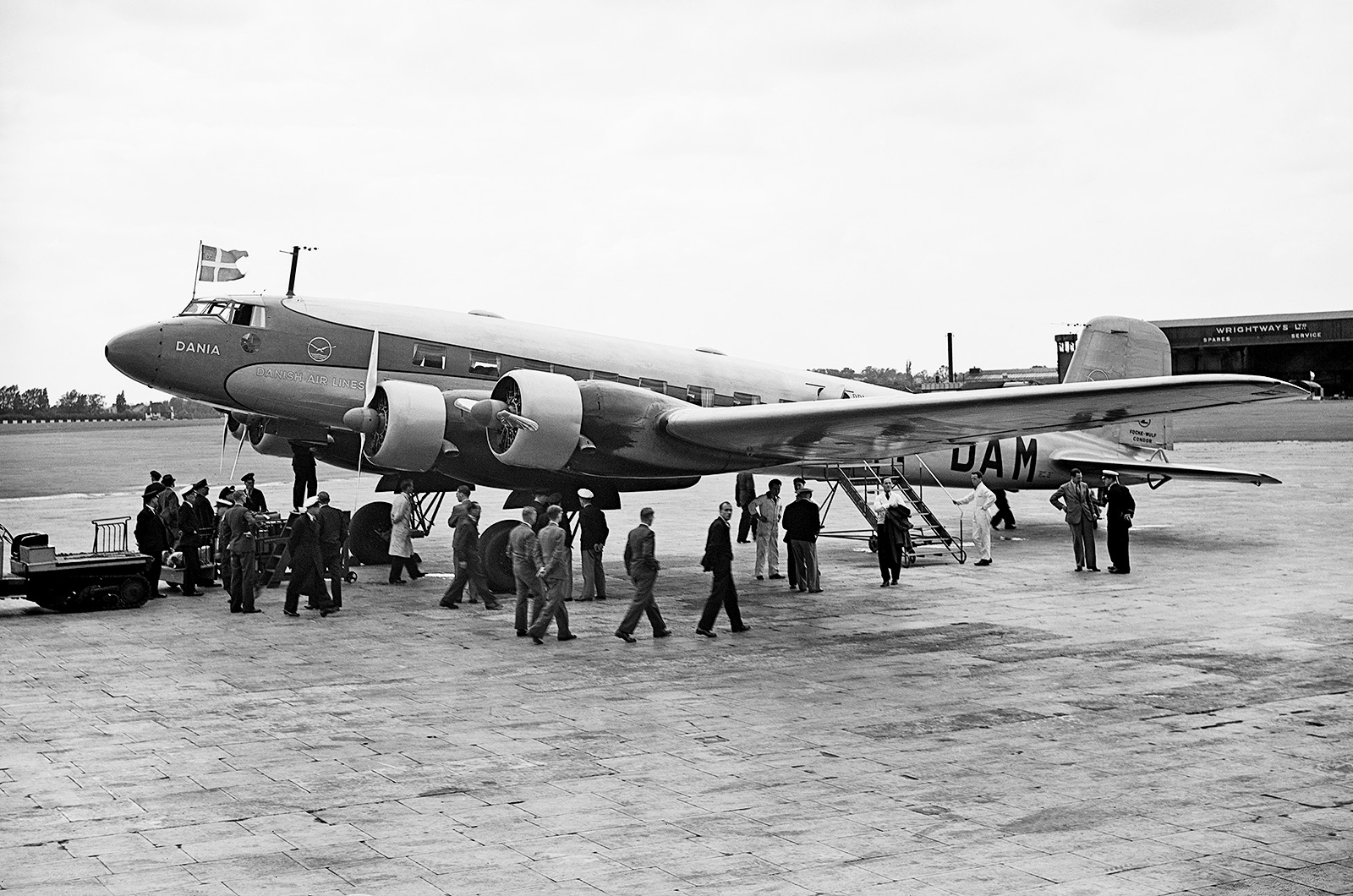
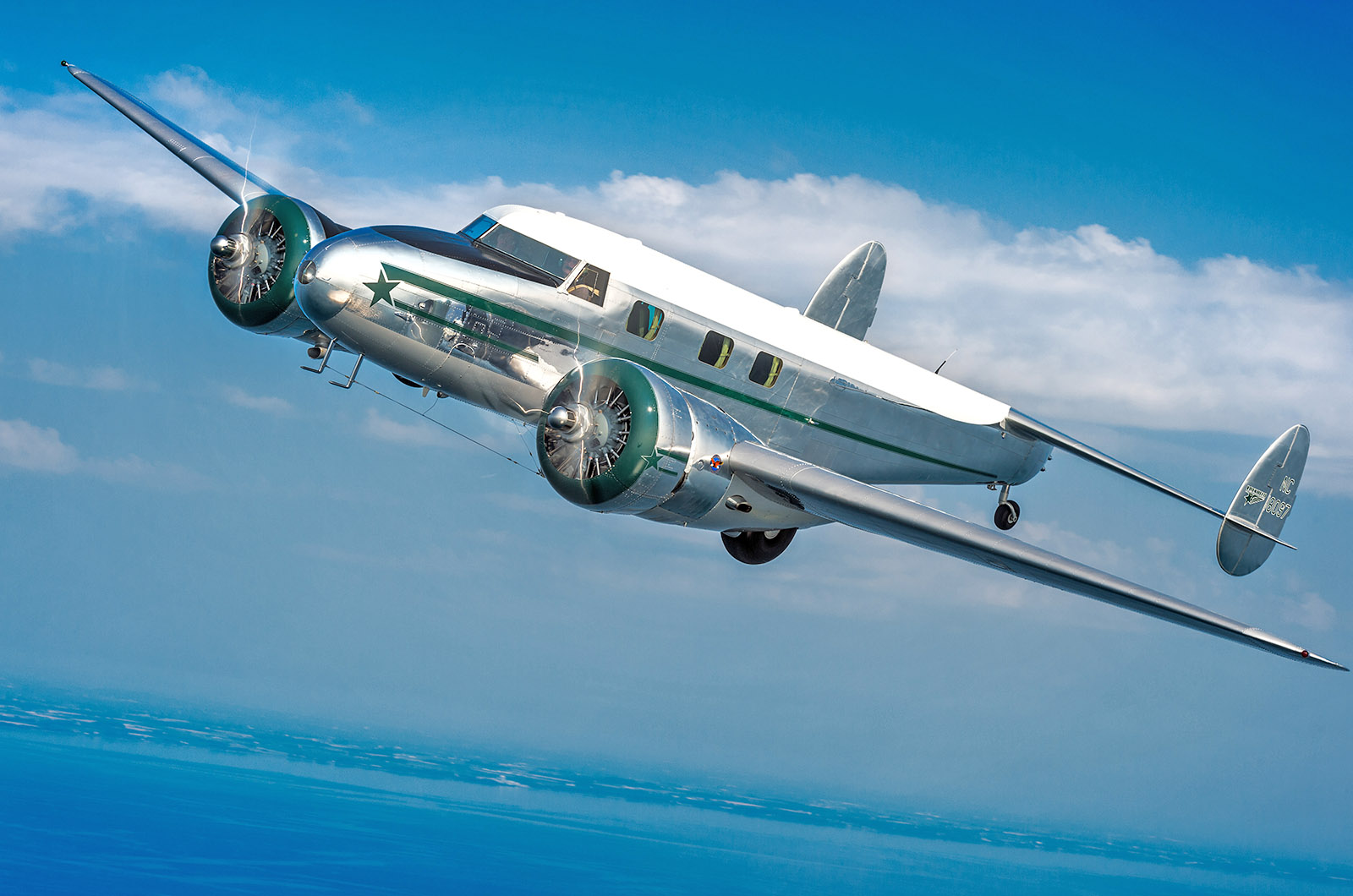

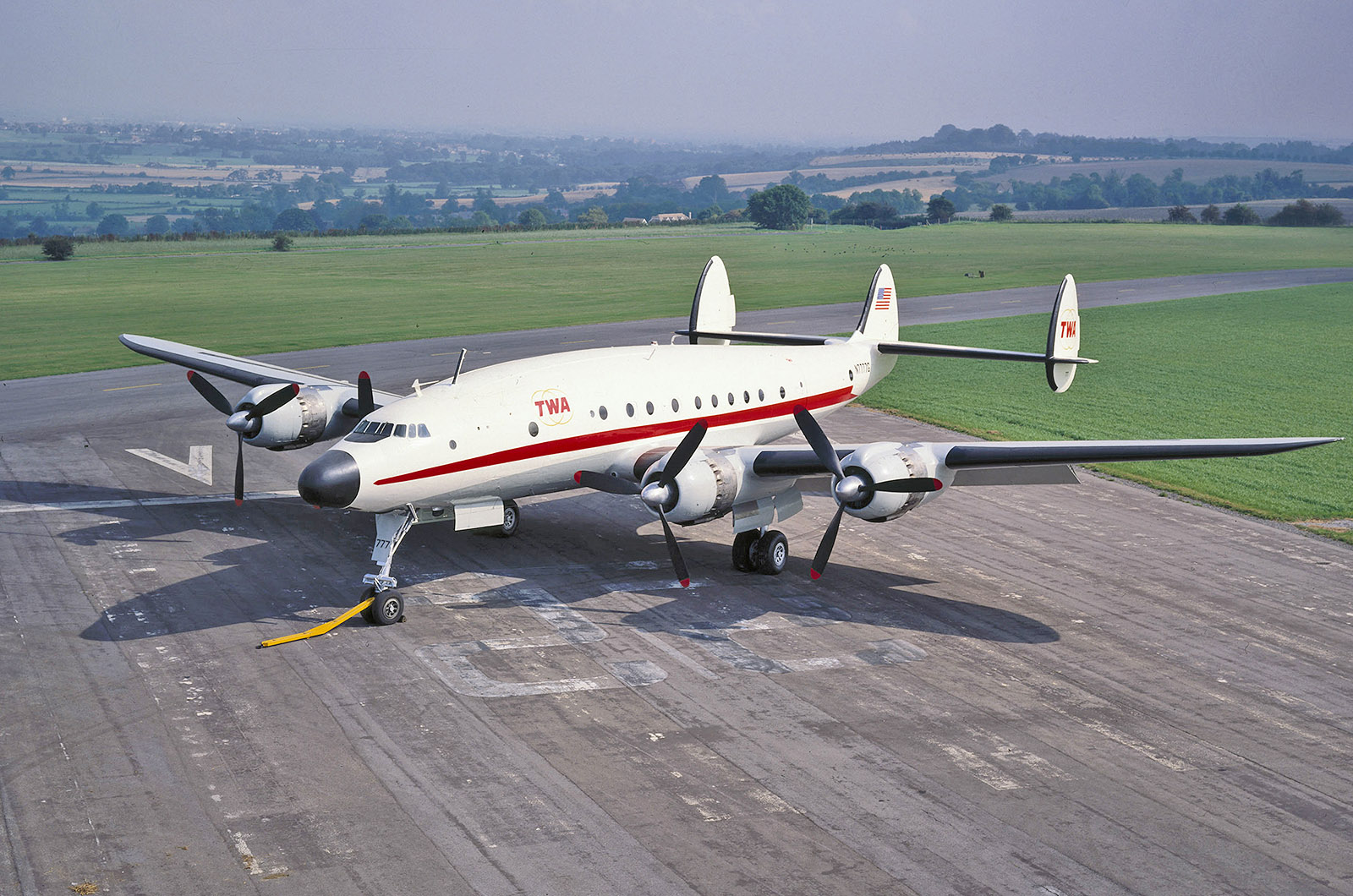



Add your comment